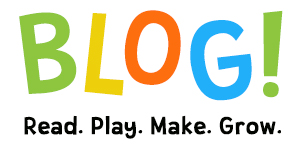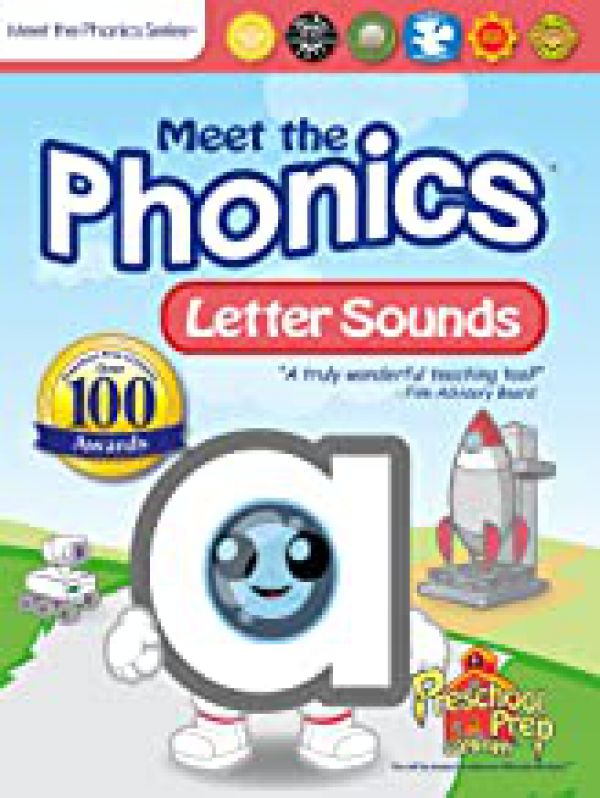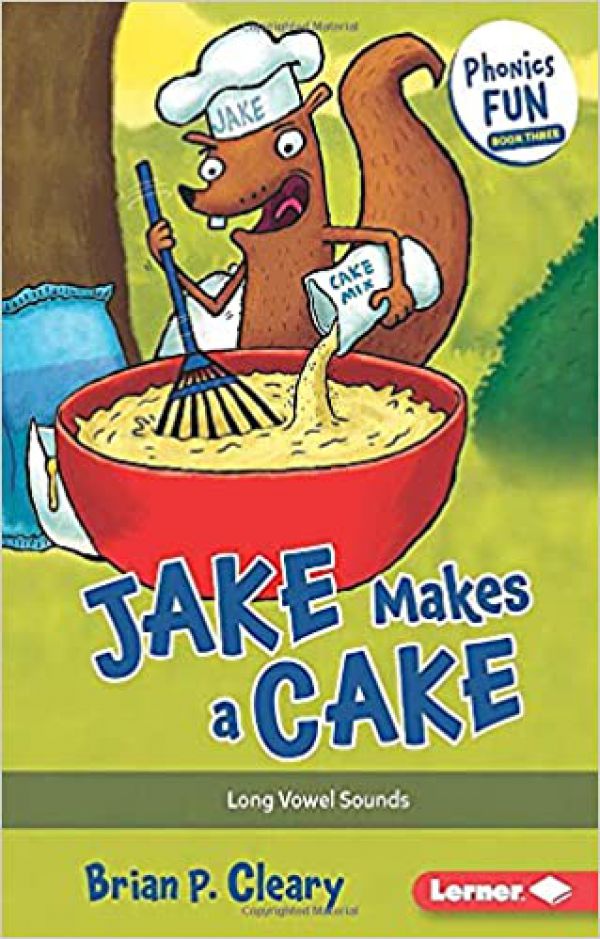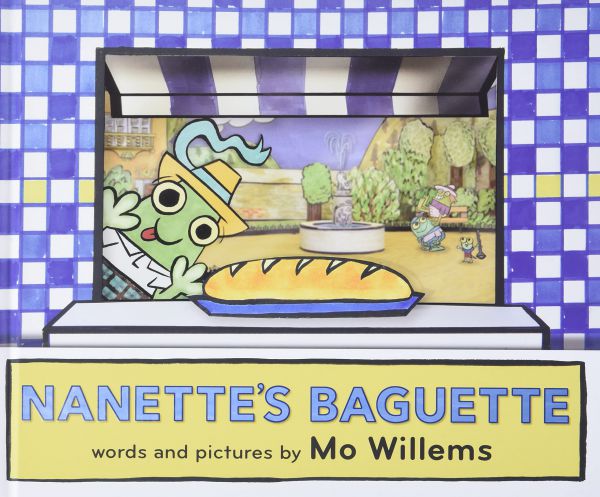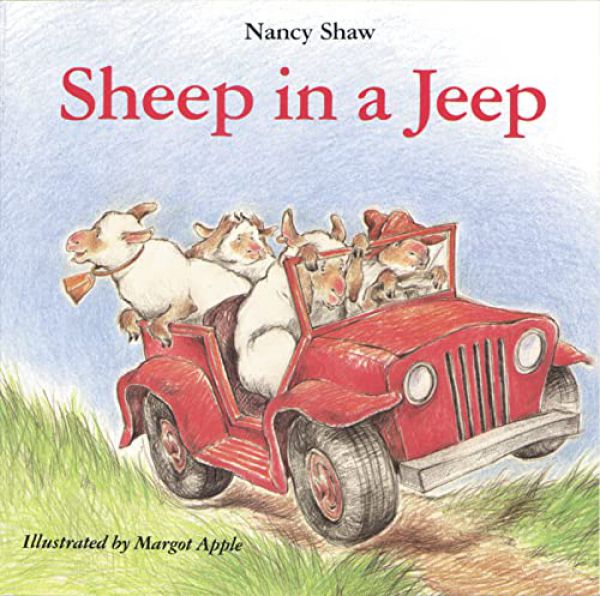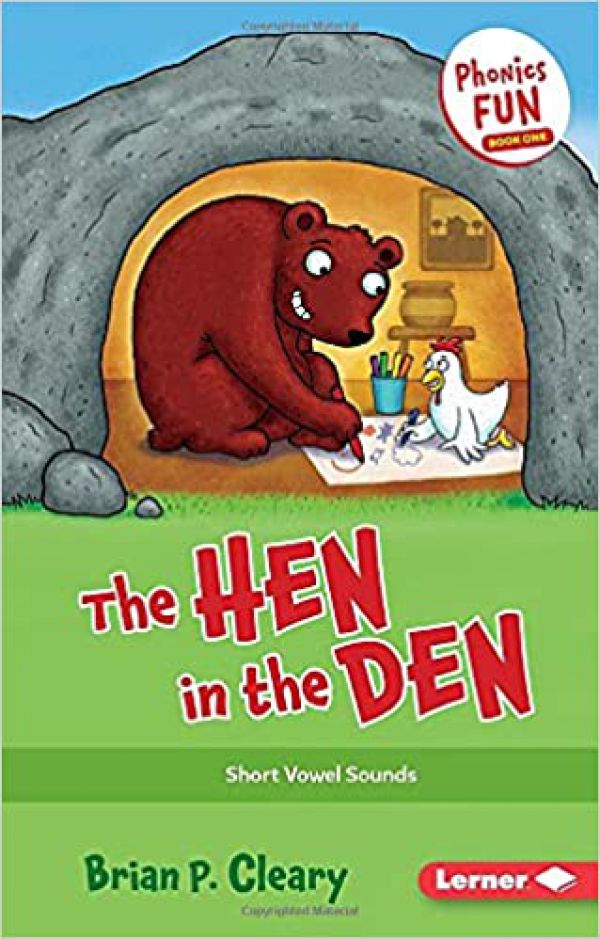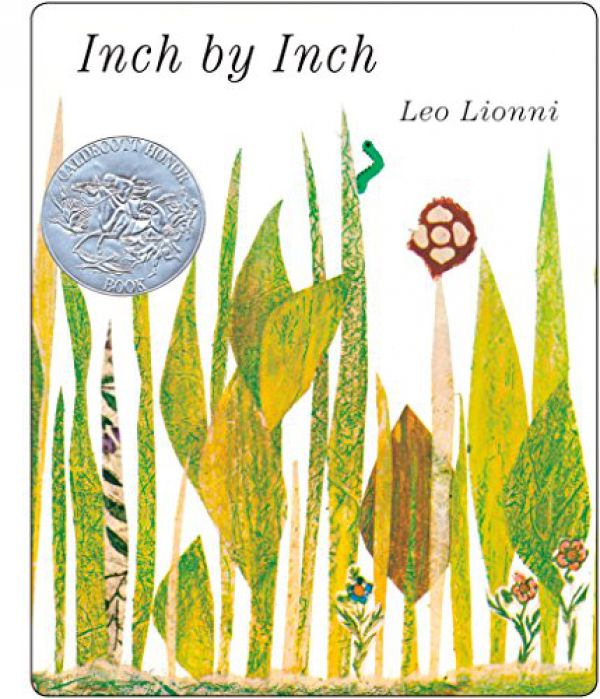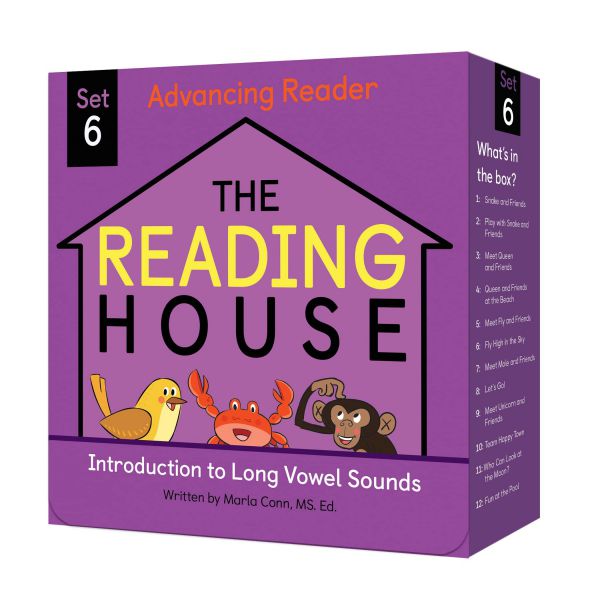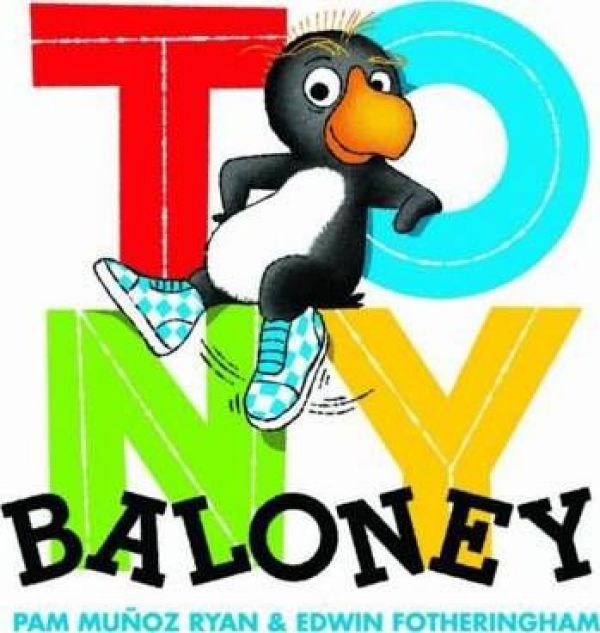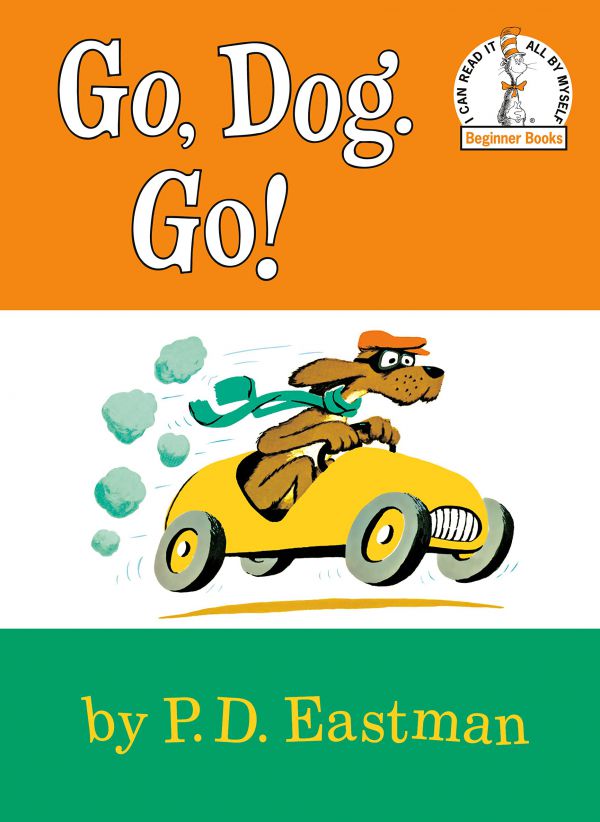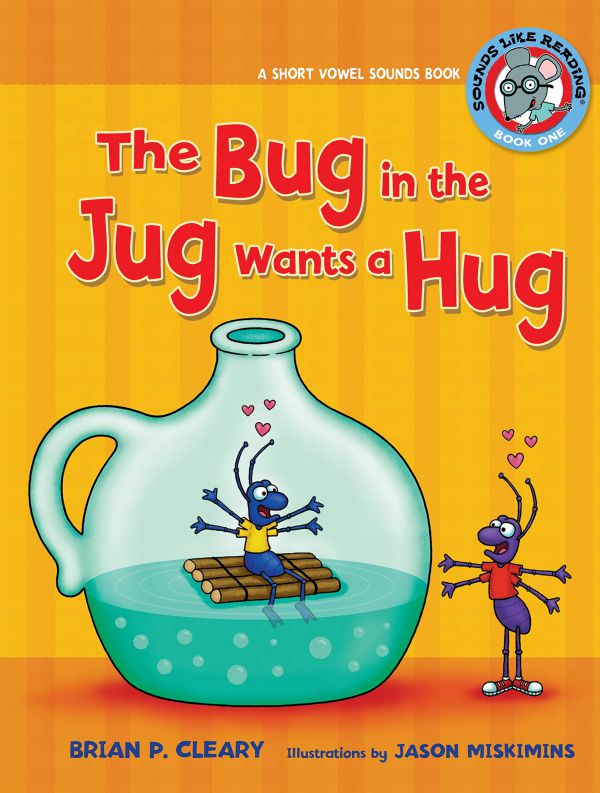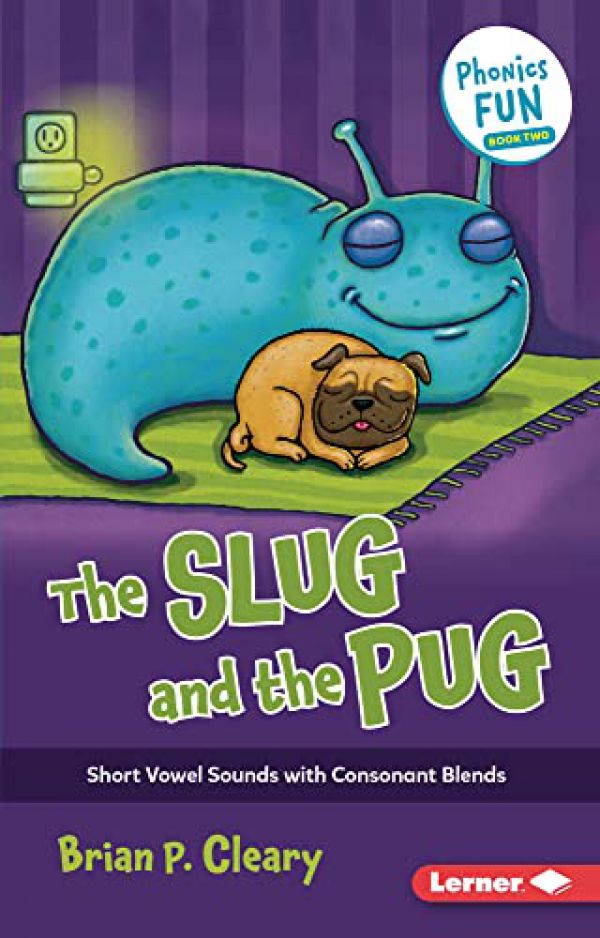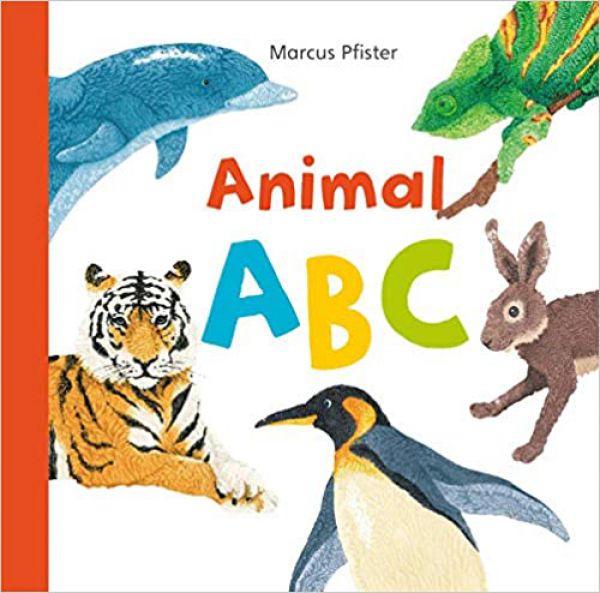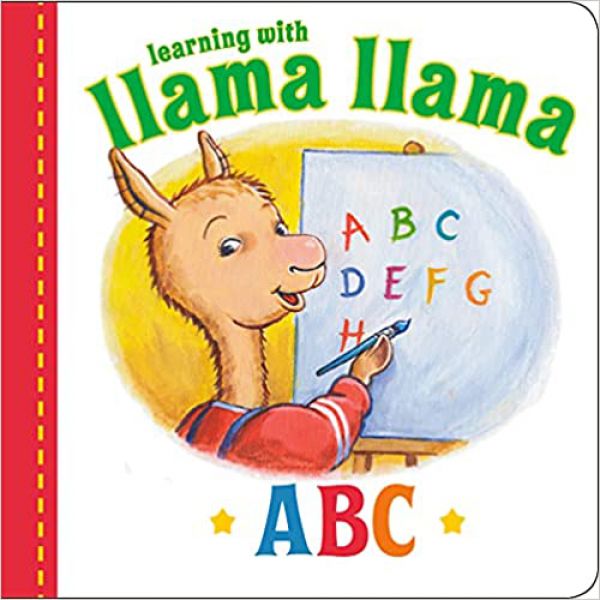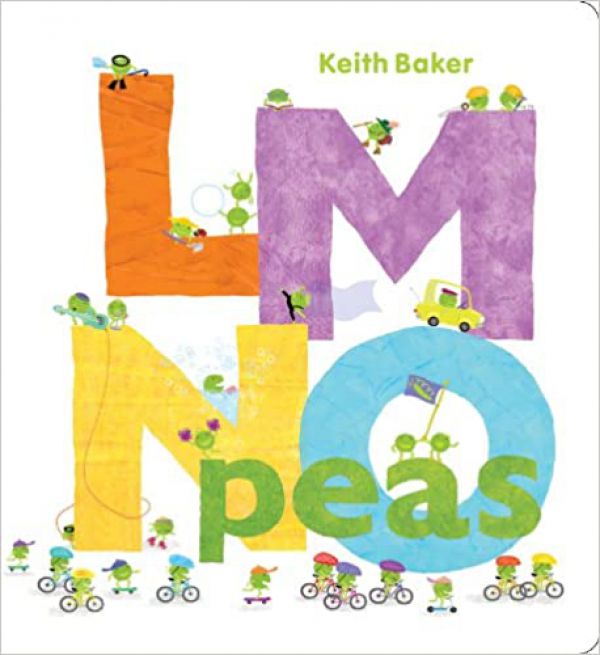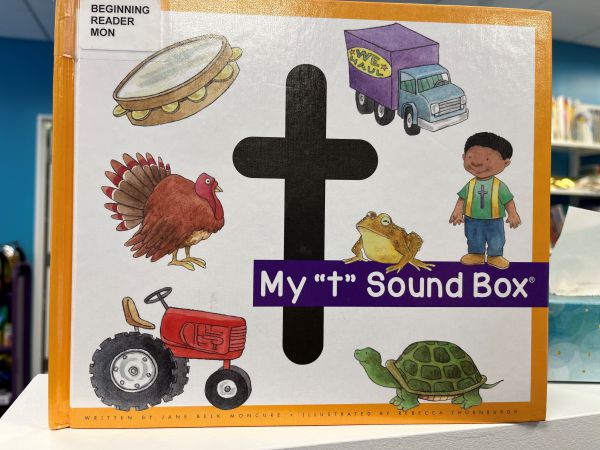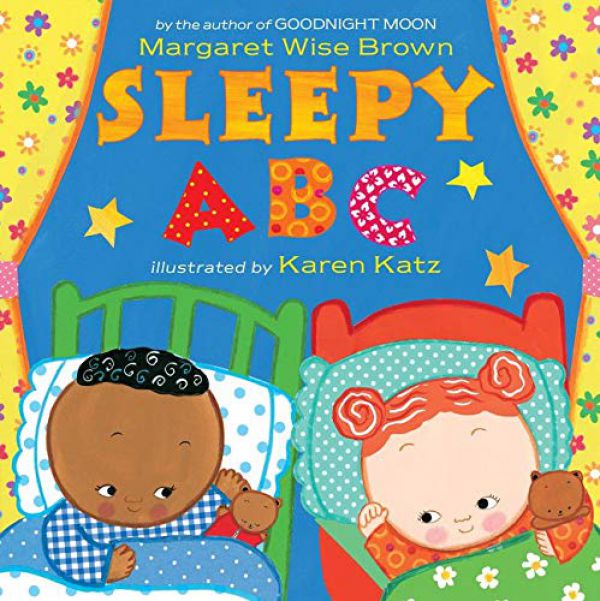-
Building with Vowels
Let’s hear it for the vowels!
Get to Know Short and Long Vowels
Recognizing letter sounds is a fundamental part of learning how to read. Now that your beginning reader is familiar with consonants, it’s time to introduce 5 (sometimes 6) letters that make it even easier to begin decoding words.Vowels – a, e, i,o, u, and sometimes y –are found in every word and can be tricky for new readers. However, a little daily practice at home can make vowel letters and sounds less intimidating.
Short vs. Long
Vowels are tricky because they can say different sounds, a long sound and short sound.
The long sound, like the i in light, is when the vowel says its name.
The short sound, like the a in cat, is when it has a specific sound.
When learning vowels and their pronunciation, you may see symbols above the vowels. These symbols tell the reader if the vowel is long or short.
- The long vowel sound symbol is a horizontal line above the vowel called a macron. They look like this: Ā or ā. For example; the pronunciation of light would look like this: līght.
- The short vowel sound symbol is a curved line above the vowel called a breve. They look like this: Ă or ă. For example; the pronunciation of cat would look like this:căt.
Fast tip: Many of the words that have a short vowel sound follow a pattern. This pattern is called CVC. Which means a consonant, a vowel, and another consonant.
For example: bed follows the CVC pattern. b ( consonant), e (vowel), and d (consonant).
Fast tip: The letter “y” is likely to make a long or short vowel sound when found at the end of a word.
For example:
In a one syllable word “Y” says “I” Example: cry, shy, try,
In a two syllable word “Y” says “E” Example: bunny, happy, city
Great reads that showcase vowels...
Activities to Try
Word Building
CVC words are an important tool for beginning readers, yet no hard hats or hammers will be necessary for this activity. The goal is to create words using consonant and vowel letters to become an expert word builder.
To begin:
1. Divide a plate or tray into thirds.
2. Create two labels similar to the ones shown below. ( VOWELS & CONSONANTS)
3. Create letter tiles using squares of paper, similar to what is shown below. Consonants are in black and vowels are in red. These can be created on a computer or they can be handwritten and cut out.
4. The bottom section will be used for the word you and your child build together.


Explore and Extend
Change it up: Give your child a word and then ask them to switch it to another word by changing one tile only. For example, if you made the word cat you can switch the first letter c to a b to make- bat.
Your beginning reader would select the one tile to change.
Word Ladders: Give 3 letter tiles to build a CVC word. Then switch the initial sound from “cat” to “bat” to “sat.”
Practice makes progress-make it a song!
Short vowel sounds, like consonant sounds, take a little practice.Try practicing short vowel sounds in familiar songs.You can sing these practice songs in the car, in the bathtub, or at the park.
Old MacDonald had a farm a-e-i-e-i-o.
And on that farm he had a cat.
With an {short a sound here} {short a sound here} here
And an {short a sound here} {short a sound here} there
Here an {short a sound here}
There a {short a sound here}
Everywhere a {short a sound here} {short a sound here}
Old MacDonald had a farm, a-e-i-e-i-o!
Example of a song using this trick
Old MacDonald had a farm a-e-i-e-i-o
And on that farm he had a hen
And on that farm he had a pig
And on that farm he had a dog
And on that farm he had a duck
Long vowels songs may include:
The song…..Row, Row, Row Your Boat.
Apples and Bananas.This song allows the singer to change the vowels to add more fun to the song.
For example: one of the lyrics replaces the short A with Long a. It would sound like: “I like to āte, āte, āte, āpples and bānānās.” The song continues to replace the vowels so kids can hear the sound those vowels make.
Letter Mark
Once the weather gets warmer, you canuse sidewalk chalk to write all vowels on the sidewalk.
Give your child a bean bag or water squirter and call out a letter for them to toss the bean bag or spray, tagging the correct letter. This works for calling out sounds as well.

Explore and Extend
Don’t forget to mix up lowercase and uppercase letters to make it a little more exciting and a lot more educational.
For an extra challenge mix up the letters so they are not in alphabetical order.
What Comes Next?
Remember, practicing sounds and letter recognition will help develop your child’s curiosity for reading, as well as the skills they will use to decode words. We are cheering you on!
Be sure to check out our Beginning and Early Reader Kits, available in the YS Department.
 Youth Services Assistant Librarian Erin
Youth Services Assistant Librarian Erin Youth Services Assistant Librarian Karen
Youth Services Assistant Librarian Karen -
The ABCs of Reading - Letter Recognition
The ABC's of Reading - Letter Recognition
Helping children with reading can appear to be a daunting task. You may be asking yourself; Where do I even begin?
We are here to help!
Each month, we will provide different books and activities to break down this large task while still having fun!
Let’s start at the beginning...Letter Recognition and Single Letter Sound. Establishing letter recognition is very important. You can practice anywhere! The key is repetition.
Fast Tip- Use upper case letters first. Once your child has a grasp on upper case, you can introduce lower case letters.
Here are some fun books you can read with your child to help identify the letters of the alphabet and the sounds they make.
Activities to Try
Alphabet Soup
This “souper” fun activity is a great way for your child to practice letter recognition and letter sounds.
To begin:
- Fill a large plastic container ⅔ full of water.
- Then add 10 to 12 plastic letters and a ladle to the container.
- Place a small bowl and a spoon next to the large container. Have your child (you too) put on a pretend chef hat. Invite your little one to stir the pot and scoop out a letter while chanting:
“Stir the soup, it makes it taste better.
Now use the ladle to get a letter!”
- Have the child use the ladle to pull out any letter of their choosing and tell you what letter it is and/or its sound.
- Then place the letter in the small bowl.
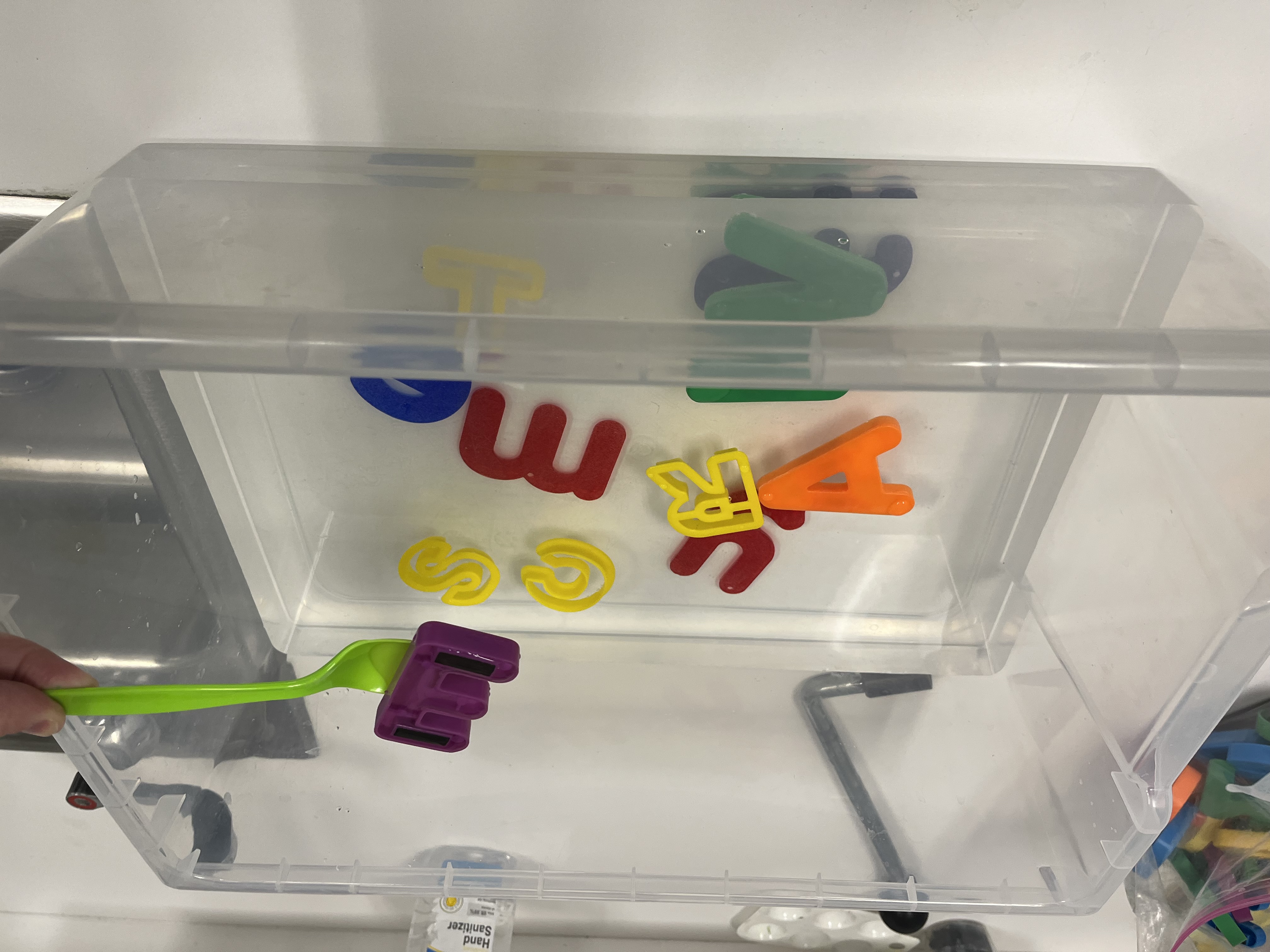
Extend and Explore:
Talk about the sound the letter makes and think of a word that begins with that sound.
Make some recipe cards. Read the cards to your little one, asking them to retrieve the necessary letters for the recipe. “This recipe needs a letter C and a letter E. Then, the recipe tells us to stir the letters together to make a yummy treat.”
Variation of the Activity:
Don’t want to use water? Modify the activity by placing the plastic letters in a pot, and retrieve the letter(s) using tongs or a large cooking spoon. Continue the activity as directed above.
Sensory Writing Trays and Sensory Play
You can make a sensory tray using ingredients found in your kitchen (salt, sugar, baking soda, just to name a few) and use what works best for you and your family. The easiest way to create the writing tray is to use a thin layer of the ingredient you choose.
The purpose of the tray is to allow young children to practice letters or pre-writing strokes without the stress of trying to write on lines with a pencil.
To begin:
- Model letter formation on the tray, making sure letters are formed from top to bottom.
- Have your little one trace the letter if necessary. Children can use the pointer finger of the dominant hand to trace the letter.
- After forming the letter with their finger, kids can gently shake the tray from side to side to “erase” the writing.
- Cards can be used as a visual model for forming letters. Position the cards inside the tray for near-point copying.
- For a younger child, simply making different sorts of lines (diagonal, horizontal, and zig-zag) is great pre-writing practice as well.
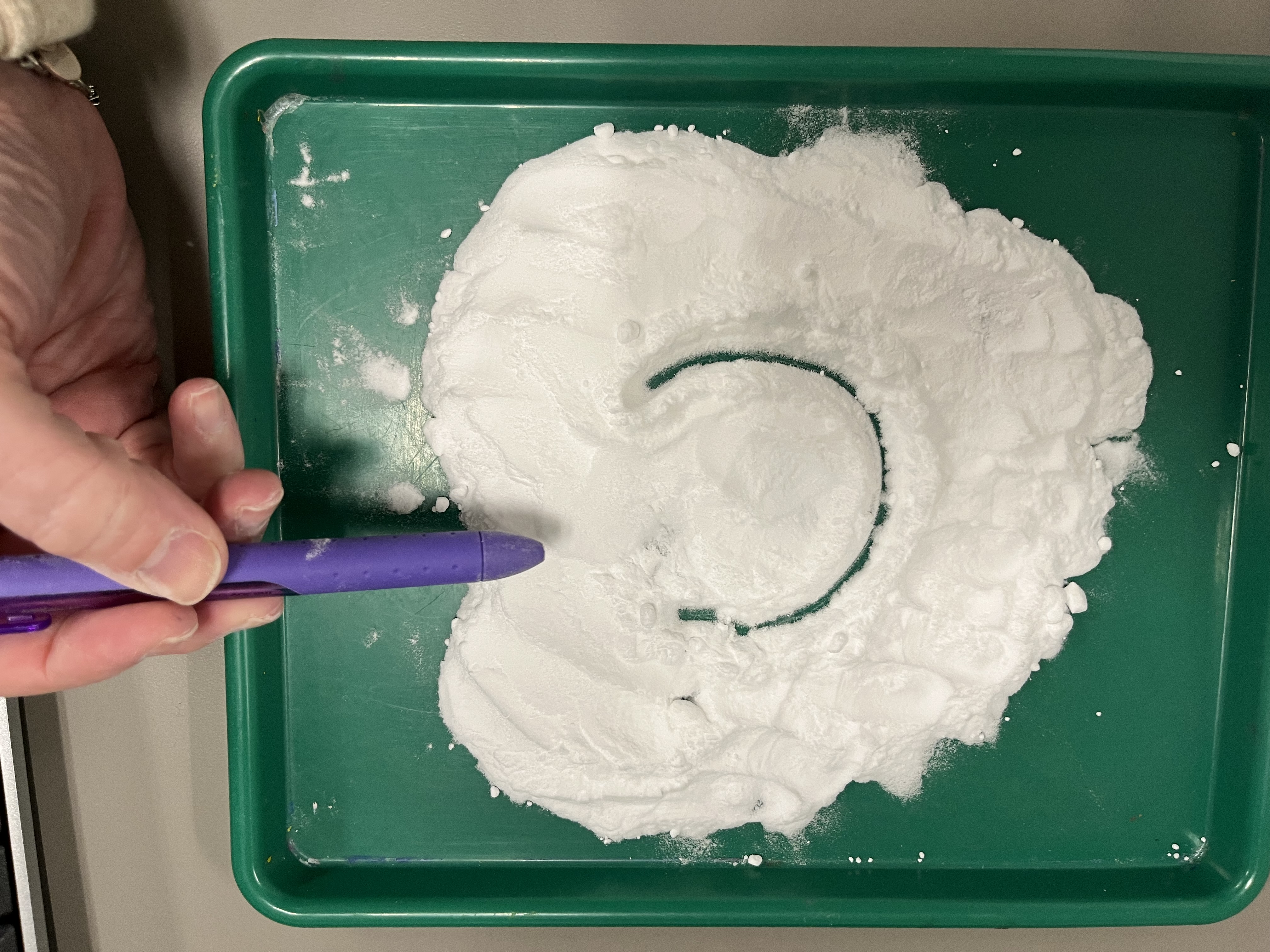
Extend and Explore:
*Other writing “tools” may include items found in the home such as: craft stick, chopsticks, cotton swab, or eraser end of a pencil.
Letters are Everywhere!
No matter where you go, you have an opportunity to see letters, at the grocery store, in the library, on clothes! What better way to review and practice the alphabet than to see letters in everyday life? Seeing letters in a variety of fonts, colors, and sizes, will also help your child get ready for reading.
Here are some activities you can practice anywhere!
- You can play "I spy” on a walk “I spy something that makes the mmmmmm sound.” See if your child can identify what makes that sound.
- If you are at a restaurant, you can have your child point to different letters they see on the menu. “Can you find all the T’s and S’s?”
If you are getting groceries, before entering the store, pick a letter or two that your child can find while shopping. “Can you find the letter B throughout the store?” “Can you find items that make the “B” sound?”



Have fun while exploring letters and sounds!
Next month we will be blogging on vowels! Stay tuned!
Be sure to check out our Beginning and Early Reader Kits, available in the YS Department.
 Youth Services Assistant Librarian Erin
Youth Services Assistant Librarian Erin Youth Services Assistant Librarian Karen
Youth Services Assistant Librarian Karen

